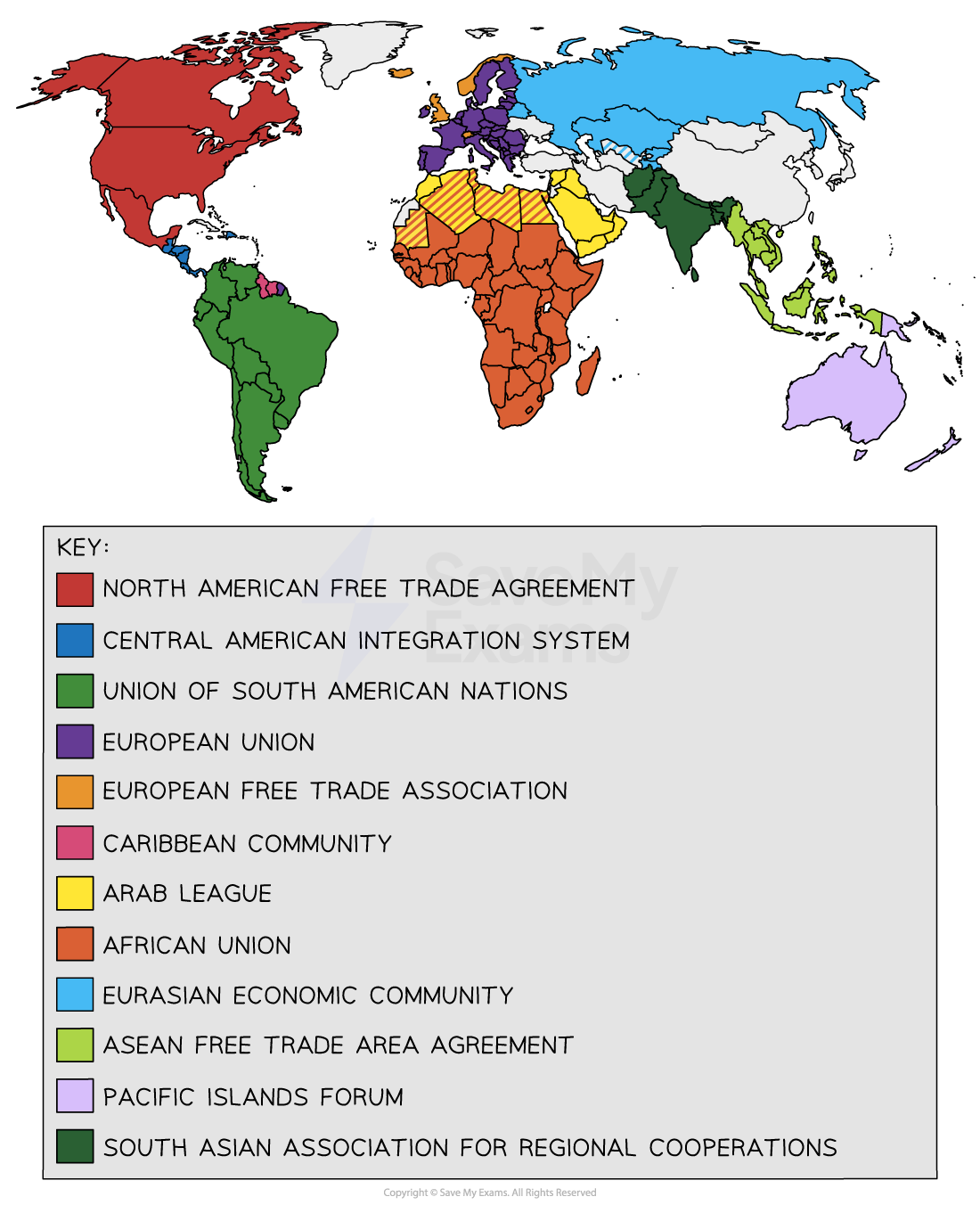Rise of Technology & Communications
- Digital communications through computers and mobile devices allow people to communicate with each other quickly and freely all over the world
- Technological developments such as fibre optics and satellites have enabled large volumes of data to be transmitted long distances at high speeds
- The internet enables instant communication via email, social media, and text and video messaging services
- This ready access to information and communication contributes to a shrinking world effect and is also known as time-space compression

Time-space Compression



